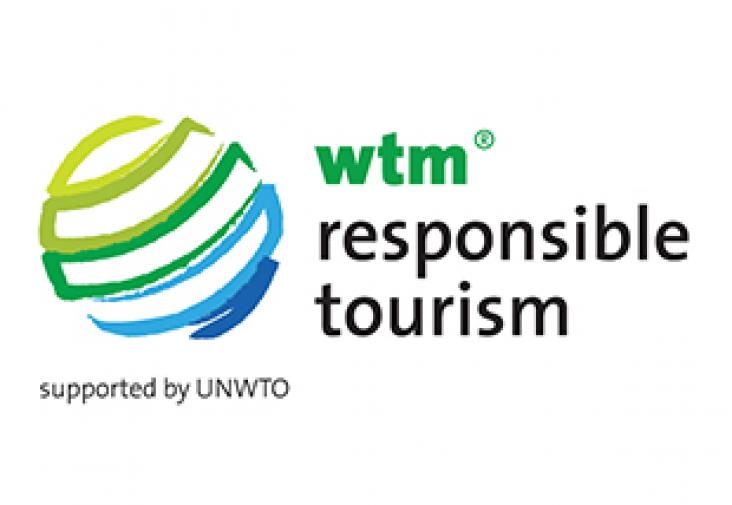This review discusses the identification and quantification of microplastic (MP) using Raman microspectroscopy (RM). It addresses scientists investigating MP in environmental and food samples.
The Mediterranean Sea is affected by one of the most significant plastic pollution worldwide.
Explore in-depth analysis on microplastic pollution in soil, its ecological risks, and innovative analytical methods for managing this emerging challenge.

Born in 1978, Pollutec is recognized today as the reference meeting place for environment professionals. The event develops multiple SDGs, including SDGs 6 (clean water and sanitation), 7 (affordable and clean energy), 12 (responsible consumption and production) and 13 (climate action).
Microplastics pollution in aquatic ecosystems has aroused increasing global concern, leading to an explosive growth of studies regarding microplastics published in the past few years.
Elsevier,
Nanomaterials in Chromatography, Current Trends in Chromatographic Research Technology and Techniques, 2018, Pages 467-500.
To advance goals 12 and 6, this article reviews the exposure scenarios and potential mechanisms of action after exposure to engineered nanomaterials (ENMs) that are unbound or incorporated into products in occupation-, consumer-, and environment-focused areas.

To celebrate 2017 as the International Year of Sustainable Tourism for Development, World Travel Market London is focusing World Responsible Tourism Day – including the WTM Responsible Tourism Awards – on the UN Sustainable Development Goals.
The awards categories are centred on the UN’s Sustainable Tourism Goals, with a focus on businesses, destinations and organisation which can clearly demonstrate their contribution to sustainable development
To advance goals 6 and 12, this chapter discusses the upgrading of technology in the textiles industry to increase the sustainability and transparency of products.
To address goals 6 and 12, this chapter explores the sustainability issues of preparing and dyeing apparel fabrics, with a focus on colouring cotton fabrics with reactive dyes.
This chapter advances goal 12 by examining the development of green food production strategies; these take a holistic approach while applying principles of industrial ecology and maintaining the integrity of the biosphere.
